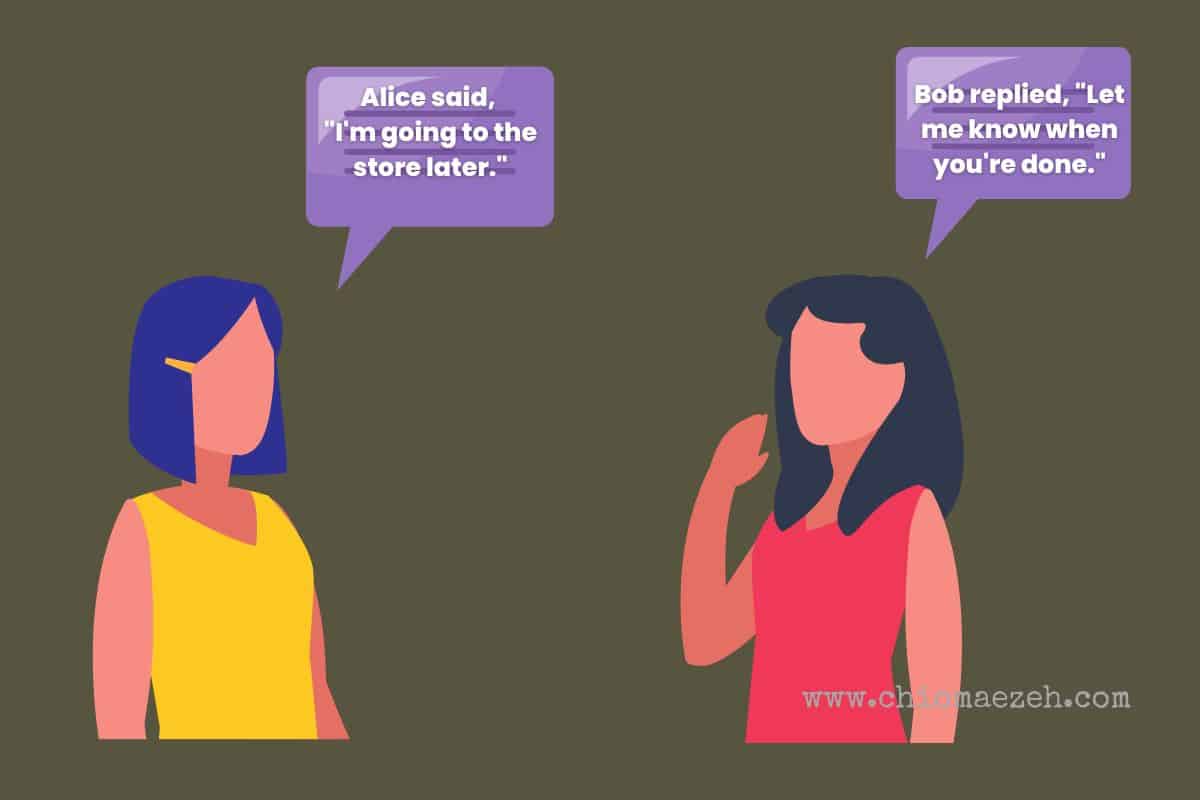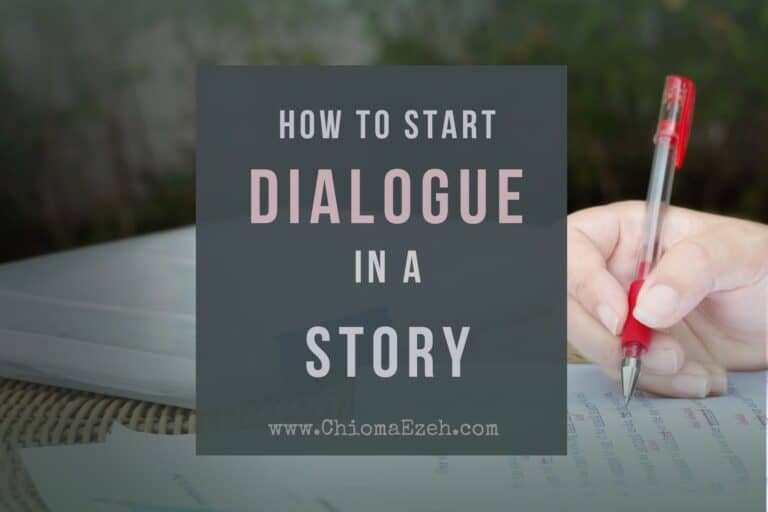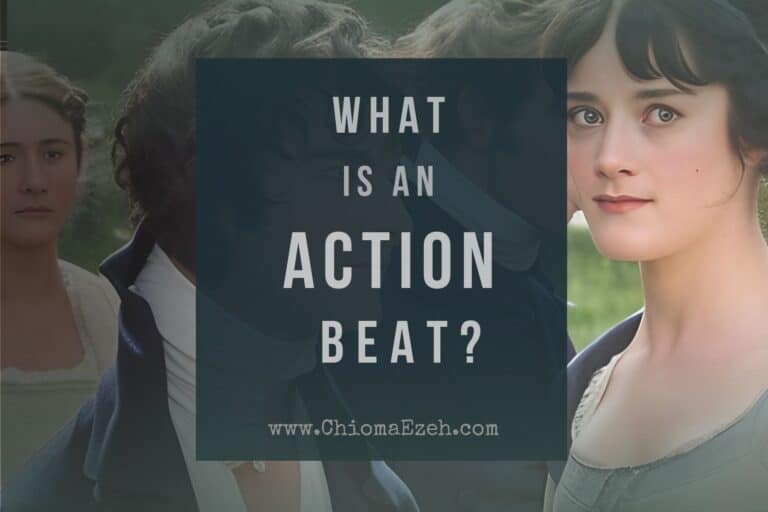What Are The Types Of Dialogue In A Story? [Explained]
Dialogue is an essential aspect of storytelling. It adds depth and dimension to a narrative. Dialogue is a powerful tool for character development, plot advancement, and creating an engaging experience for the reader.
Although dialogue can take many forms, there are two main types of dialogue in a story: inner (internal) andouter (external), but there are also other types as we will see in this article. In this article, we will explore these types of dialogue in a story, along with examples to illustrate their use.

Let’s Talk
Are you a writer aspiring to pen a masterpiece that never fails to captivate? Look no further. Reach out to us and uncover how we can help you to take your writing to unprecedented heights!

What Are The 2 Main Types Of Dialogue In A Story?
Dialogue is an important part of a story and can be used to portray characters effectively, move the plot forward, or provide insight into inner thoughts. It’s not just a conversation between characters – but one which has a purpose in the story.
There are two main types of Dialogue in a story:
- Inner or Internal Dialogue
- Outer or External Dialogue
1. Internal Or Inner Dialogue:
Internal dialogue, also known as internal monologue or inner voice, is a character’s thoughts or reflections, typically expressed in first-person narration.
This dialogue provides insights into a character’s emotions, motivations, and inner struggles. It allows the reader to delve deeper into the character’s minds and develop a better understanding of their perspective.
Example:
I can’t believe I agreed to this crazy plan, thought Sarah, her heart pounding in her chest. But Mark is counting on me, and I can’t let him down. I just hope we make it out of this in one piece.
2. External Or Outer Dialogue:
External dialogue refers to conversations (spoken) between two or more characters. It is the most common type of dialogue and serves various purposes, such as revealing character traits, establishing relationships, and advancing the plot.
External dialogue should feel natural, with each character having a distinct voice and style of speaking.
Example:
“Do you really think we can pull this off?” asked Sarah, her voice trembling with a mixture of excitement and fear.
“Trust me, we’ve got this,” replied Mark, confidently. “We’ve planned every detail, and there’s no way it can go wrong.”
The above are the two main types of dialogue. Outer dialogue can be broken down further into additional types of dialogues.
Types Of Outer Dialogue In A Story
The following are the types of outer or spoken dialogue in a story:
1. Expository Dialogue:
This type of dialogue conveys information or backstory to the reader. It can provide context and explanation without resorting to long passages of exposition.
Example:
“Legend has it that the castle was built by an ancient king to protect his people from invading armies,” the Tour guide explained.
2. Emotional Or Tone Dialogue:
This dialogue type focuses on expressing a character’s feelings and emotions, helping the reader understand the character’s inner world.
Example:
“I can’t do this anymore!” she cried. “I’m tired of pretending everything is fine when my heart is breaking.”
3. Conflict Dialogue:
Dialogue that reveals tension, disagreement, or confrontation between characters. This type of dialogue can drive the plot forward and create dramatic tension.
Example:
“You lied to me!” he shouted, his anger boiling over. “You promised you’d never keep secrets from me again!”
4. Subtextual Dialogue:
This dialogue conveys meaning through what is left unsaid, revealing underlying emotions or motivations through implication or suggestion.
Example:
“I thought you didn’t care about the party,” she said, noticing the effort he’d put into his outfit.
FAQs On Types Of Dialogue In A Story
How can I differentiate between external and internal dialogue in a story?
External dialogue is usually marked by quotation marks and involves conversations between characters. In contrast, internal dialogue is often written in italics or as part of the narrative without quotation marks, representing a character’s thoughts or inner voice.
Can both types of dialogue be used in the same story?
External and internal dialogue can be effectively used in the same story. Writers often combine these dialogue types to create a well-rounded and engaging narrative.
Final Notes On Types Of Dialogue In A Story
Understanding the two main types of dialogue – external and internal – is crucial for creating a compelling story. Each type of dialogue serves a different purpose in the narrative, contributing to character development, plot advancement, and reader engagement. When effectively used, both external and internal dialogue create rich, dynamic, and emotionally resonant stories that captivate readers.




![9 Elements of Setting [And Why You Need To Use Them]](https://chiomaezeh.com/wp-content/uploads/2023/02/elements-of-setting-768x512.jpg)

